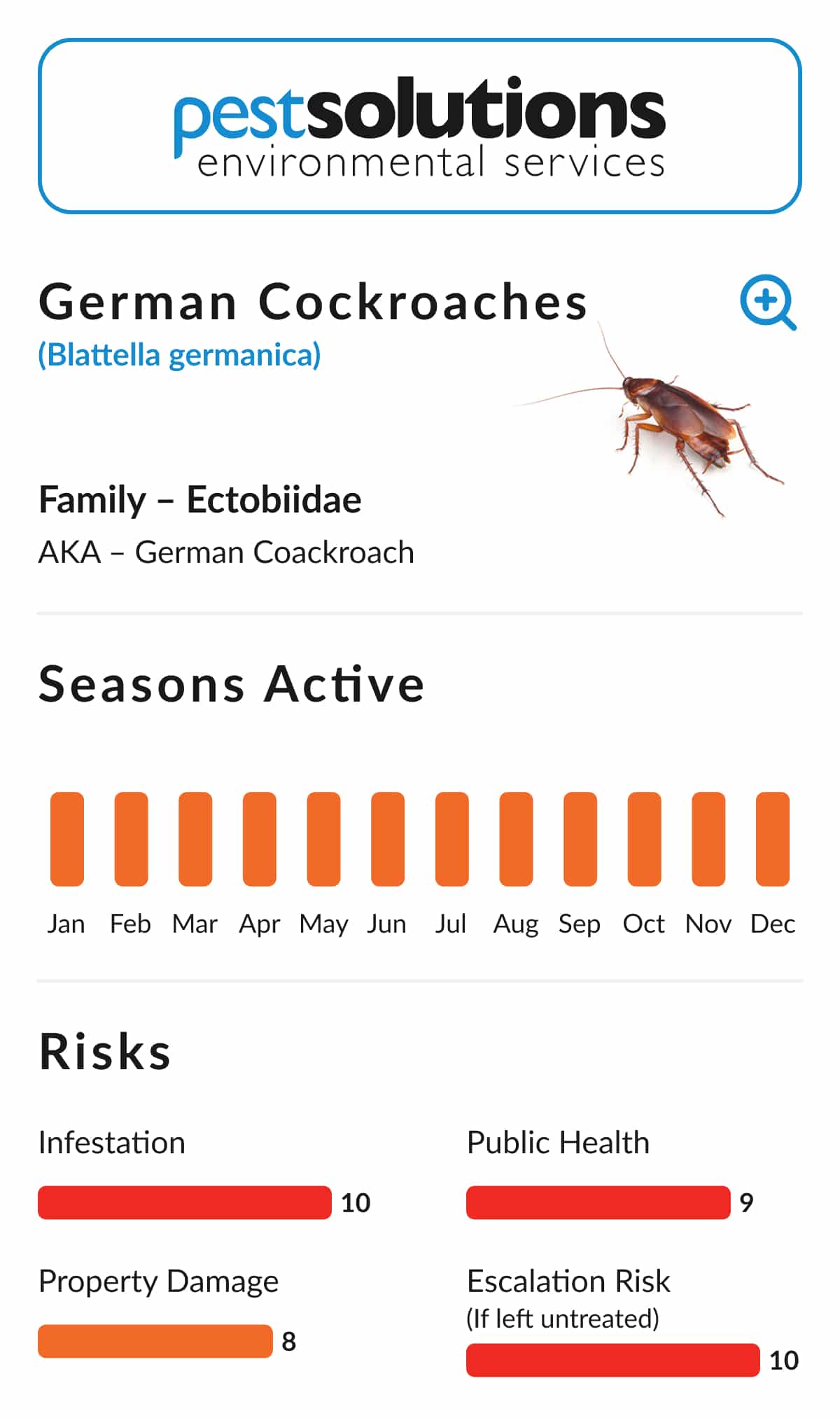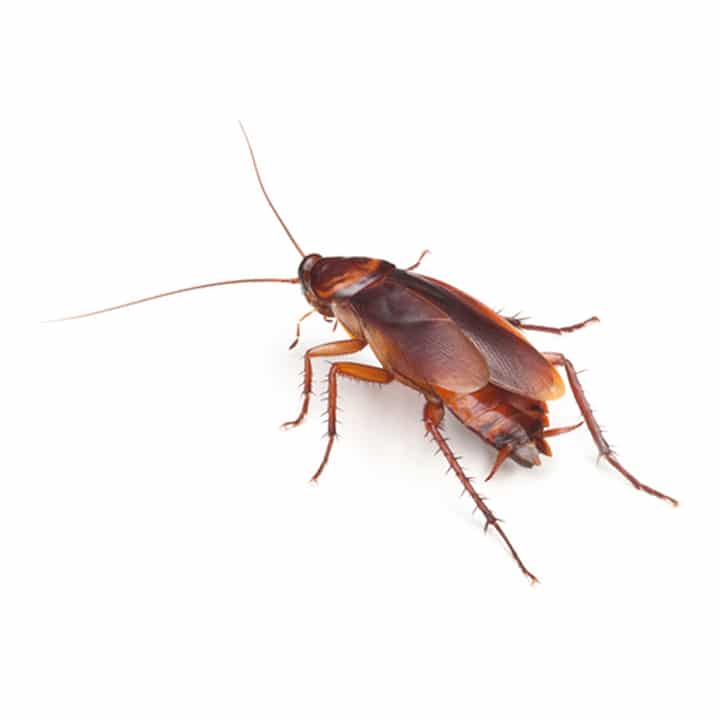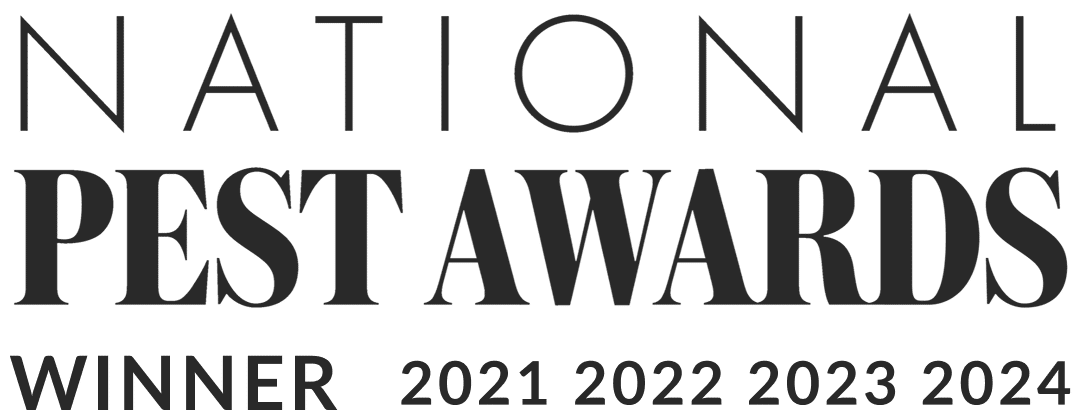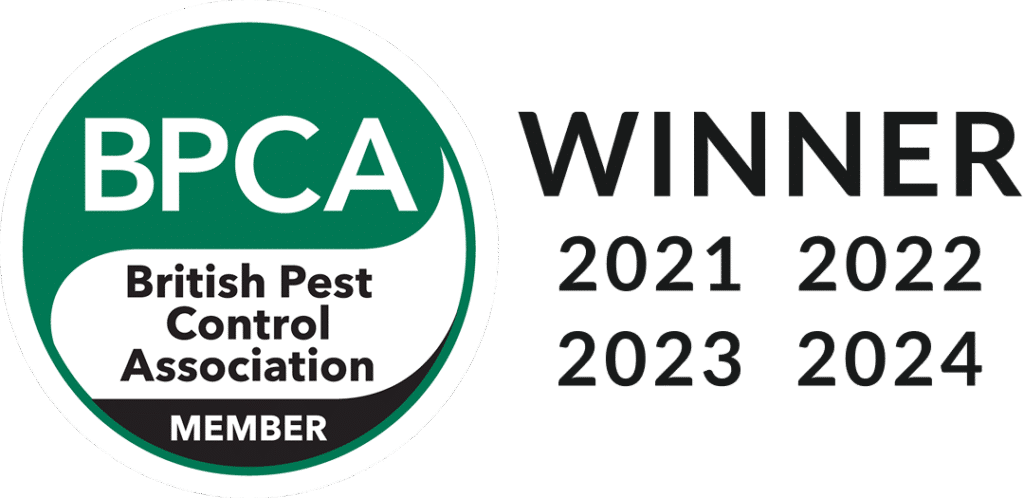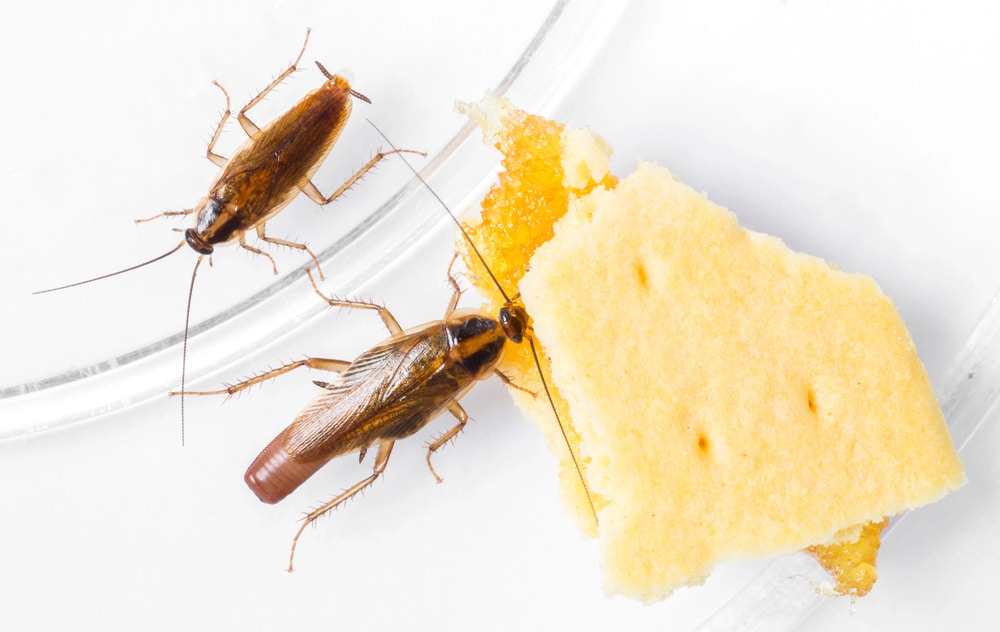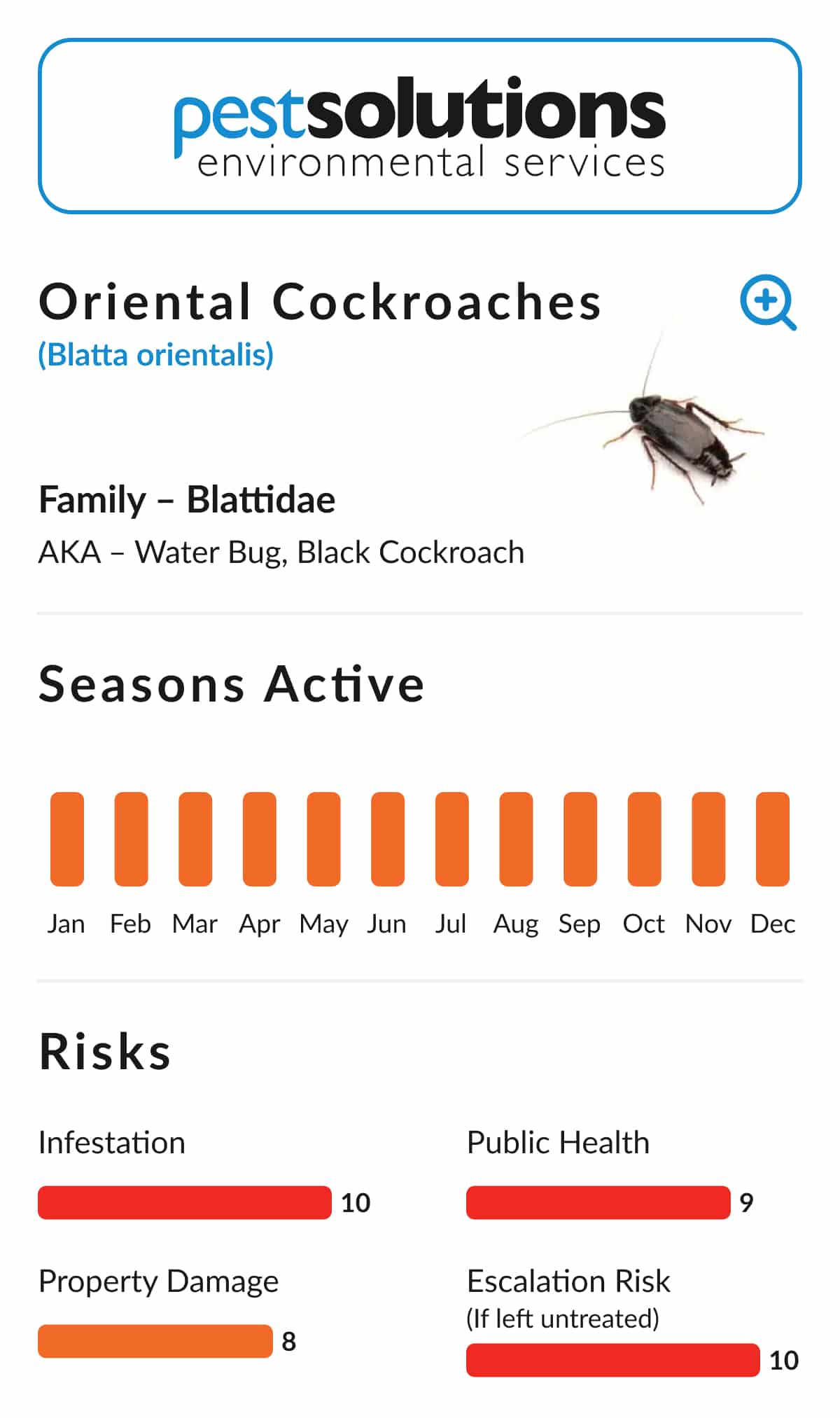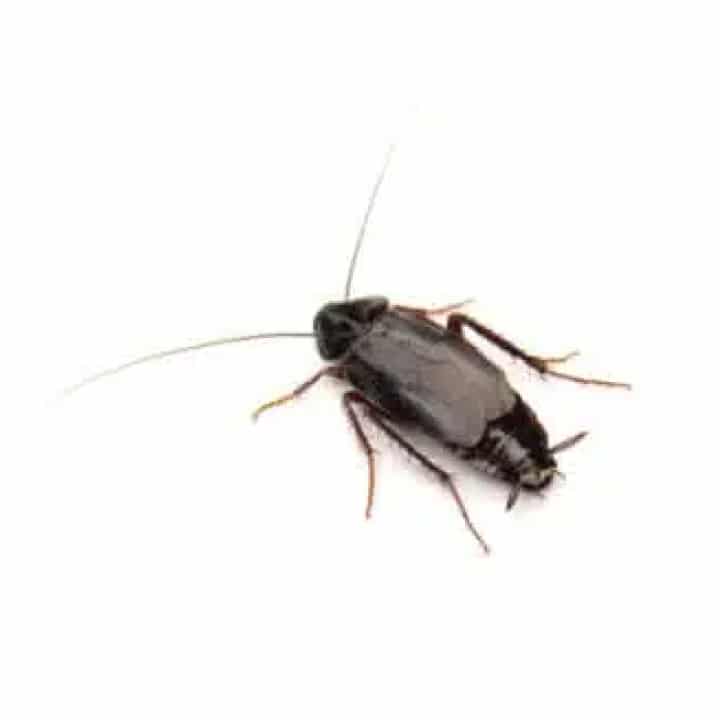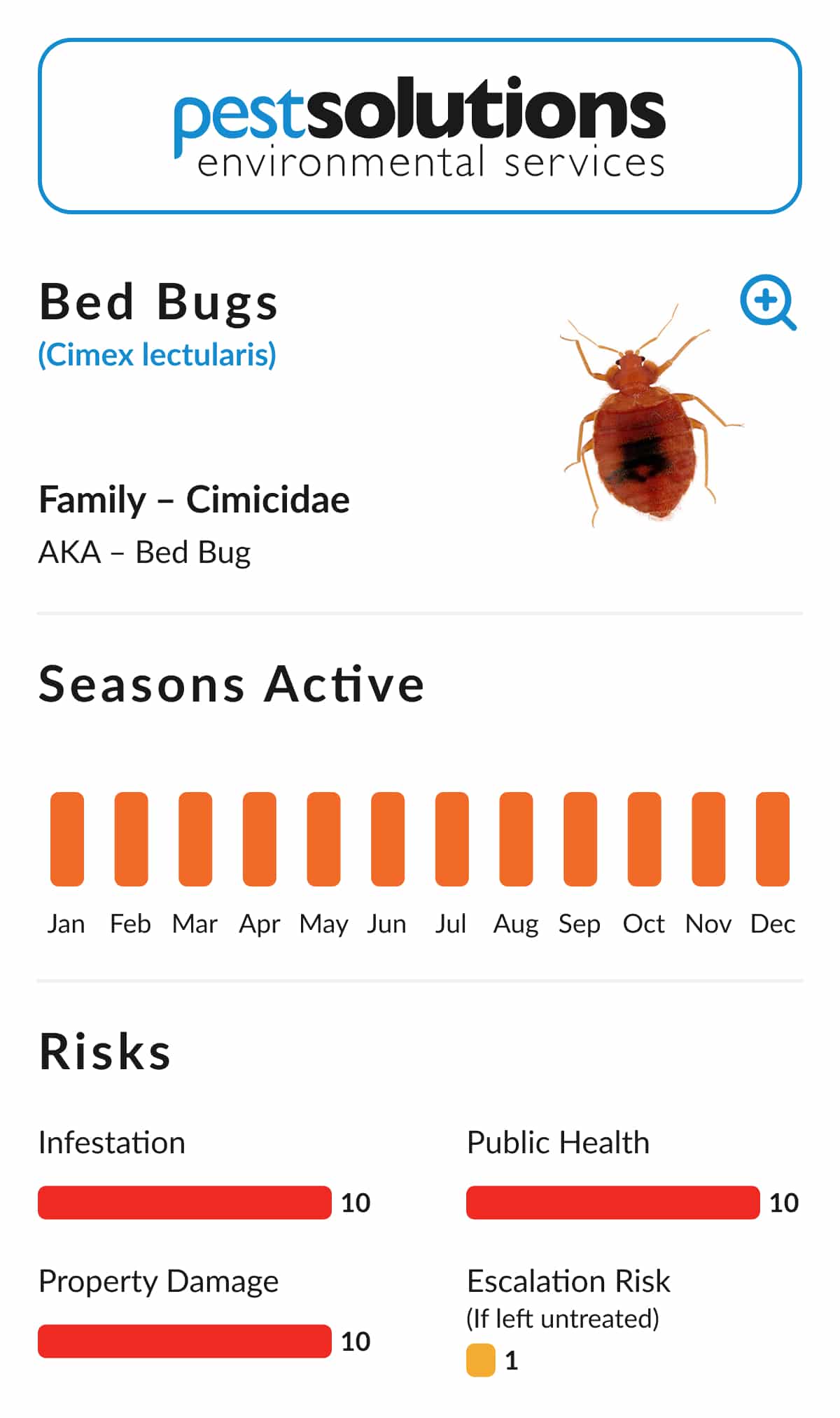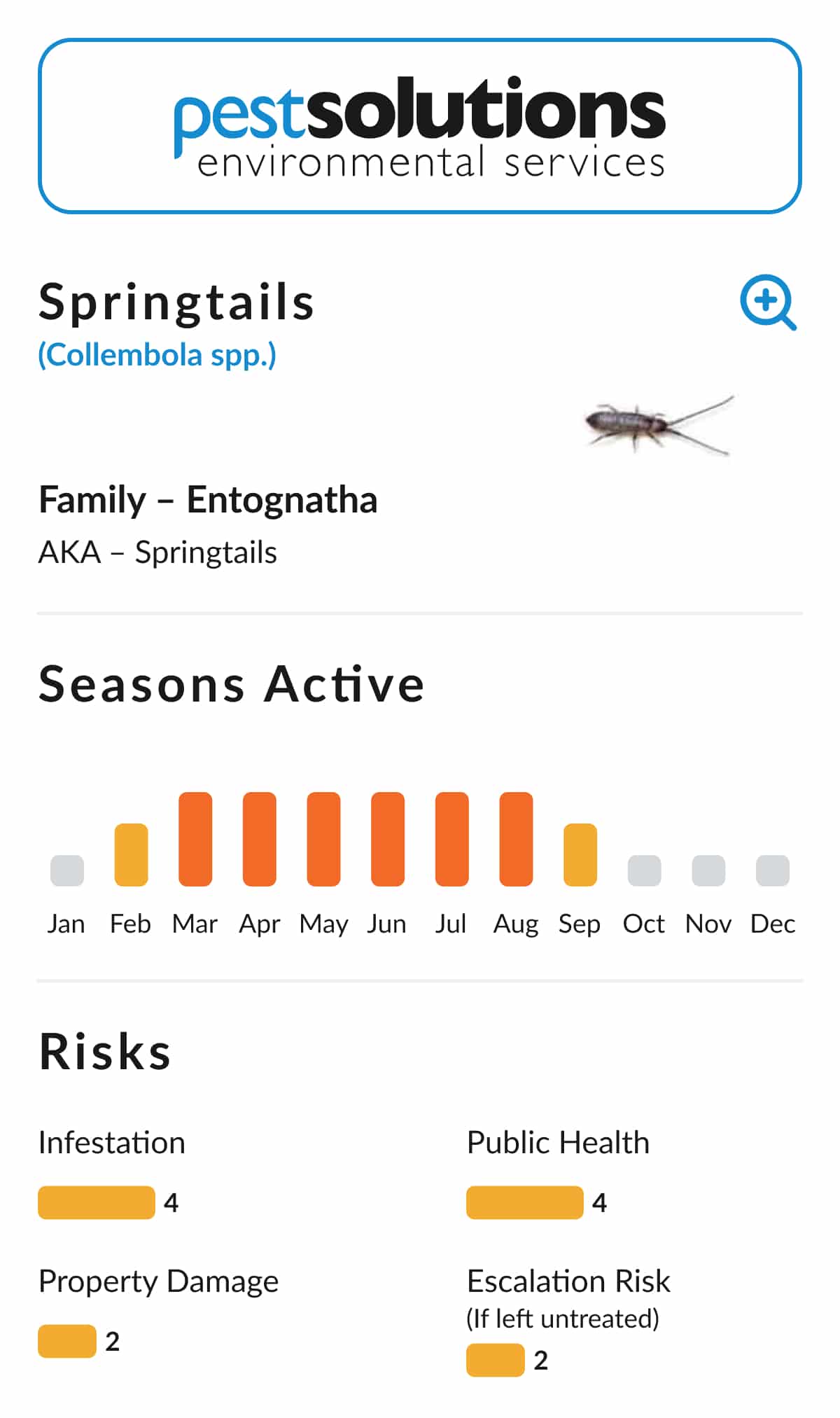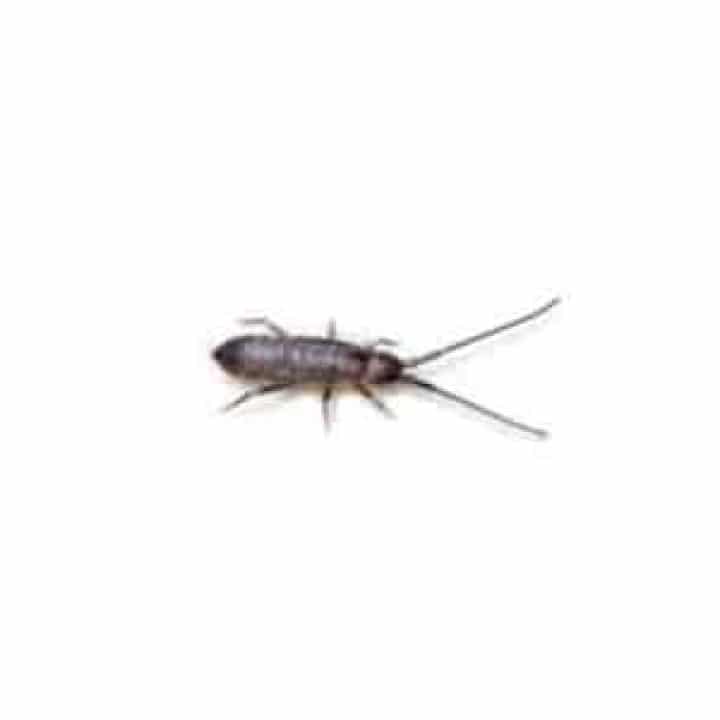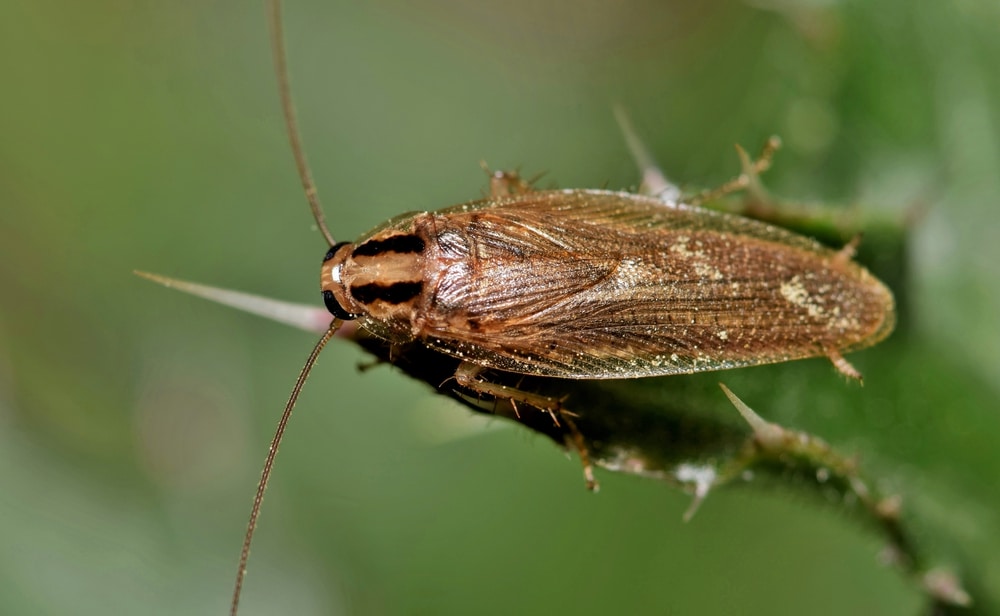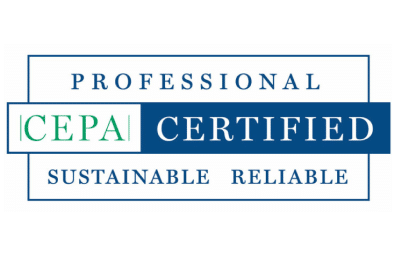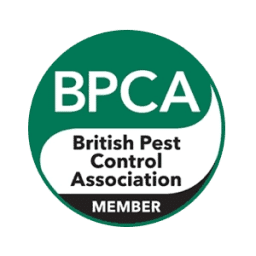German Cockroaches in the UK
The two most common types of cockroaches in the UK are the German cockroach and the oriental cockroach. German cockroaches love both heat and moisture and are often found close to heating systems when hiding in human inhabited buildings. They can easily hide pretty much anywhere thanks to their ability to swim, climb, and crawl on pretty much any surface type.
Nocturnal by nature, if you do see a German cockroach, the chances are it will be at night when they are most active, but other signs such as droppings, egg casings, and a strange almond-like smell are often noticed before the insects themselves.
The Key Facts About German Cockroaches
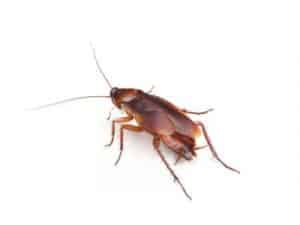
German Cockroach (Blattella germanica) will often gather in groups in favourable harbourages. That being said, it is not unusual to find German cockroaches throughout a building should a particularly serious infestation develop. As part of their survival instinct, the cockroaches will gradually move away from heavily infested areas to other parts of the building, further complicating the pest control process.
Mature German cockroaches measure around 12-15mm long, and are virtually always coloured either tan or light brown. If you look closely, you will see that they have two thin black or dark brown bands running just behind their heads. What makes a German cockroach infestation particularly difficult to deal with is the fact that this species is able to reproduce much faster, and in greater numbers, than any other type of cockroach. On average, each time a German cockroach breeds the female will then go on to lay around 40 eggs. She will then carry what is known as the “case” of eggs around with her until they hatch.
Before reaching maturity, German cockroaches are known as nymphs. These nymphs are smaller than the adult cockroaches and are darker in colour. In addition, they will have a light brown stripe which runs along their back. It takes nymphs between 40 and 120 days to mature into an adult cockroach and from this point on their lifespan is around 200 days. Throughout adulthood, the typical female German cockroach will spawn up to eight times.
What do German Cockroaches Eat?
German cockroaches are omnivores and will eat almost anything including all human and pet food, natural leather, and even the waste and dead bodies of their fellow German cockroaches.
Once night falls, these pests will emerge from the cracks and crevices they have been hiding in and go exploring in the hunt for their next meal.
German Cockroach (Blattella germanica): The Significance of Control
Many people are repulsed and disgusted merely by the sight of German Cockroaches.
However, they are also an important public health risk by contaminating food, surfaces and eating utensils. German Cockroaches are known to carry pathogens, such as Salmonella and E.Coli, which can result in human diseases, such as food poisoning or diarrhoea.
German cockroaches are notoriously difficult to control. There are a number of different reasons for this, which on their own make such cockroaches a formidable pest. Together, though, they make control by homeowners next to impossible- hence the need for professional pest control to completely eradicate medium-to-large infestations. As relatively large insects, cockroaches have few natural predators in the wild. Inside buildings, though, the number of predators drops to zero, meaning they will continue to thrive until they have exhausted any food sources present. The fact that they reproduce so quickly and in such large numbers will cause an infestation to spread extremely rapidly, too, so even a handful of German cockroaches can quickly lead to a major problem. Lastly, cockroaches naturally seek out dark, secluded areas because they are sensitive to light, which means that you likely won’t notice the severity of an infestation until it is highly developed.
As omnivores, German cockroaches will eat anything they can find. However, they are particularly keen on objects that are high in starch, as well as meat. In rare occasions, they may eat paper or fabric is no superior food sources can be found. When significant numbers of German cockroaches gather together in the same place, they often produce a secretion which can lead to stains and foul smells.
It is not just the German cockroaches themselves that can cause issues, either. These pests leave behind a significant amount of debris, from their droppings and saliva to shed skin, and these can all trigger allergies such as asthma in a significant proportion of people. Children are particularly susceptible to these side-effects, so if a cockroach infestation develops in a building where children are present, it is all the more essential that you call in the pest control experts to get the issue under control as quickly as possible.
Call Pest Solutions to Get Rid of That Pest Today!
Pest Solutions have local Branches across Scotland, England, Wales and Northern Ireland. Our expert local techs are at hand to attend today. German Cockroach (Blattella germanica). Call now to get an experienced Pest technician visit and get that Pest problem under control swiftly.
Get the details of your local Pest Solutions Branch here or call our national advice line on 0800 027 2555 to arrange a FREE survey or a service visit.
- Find out more about how to get rid of Cockroaches
